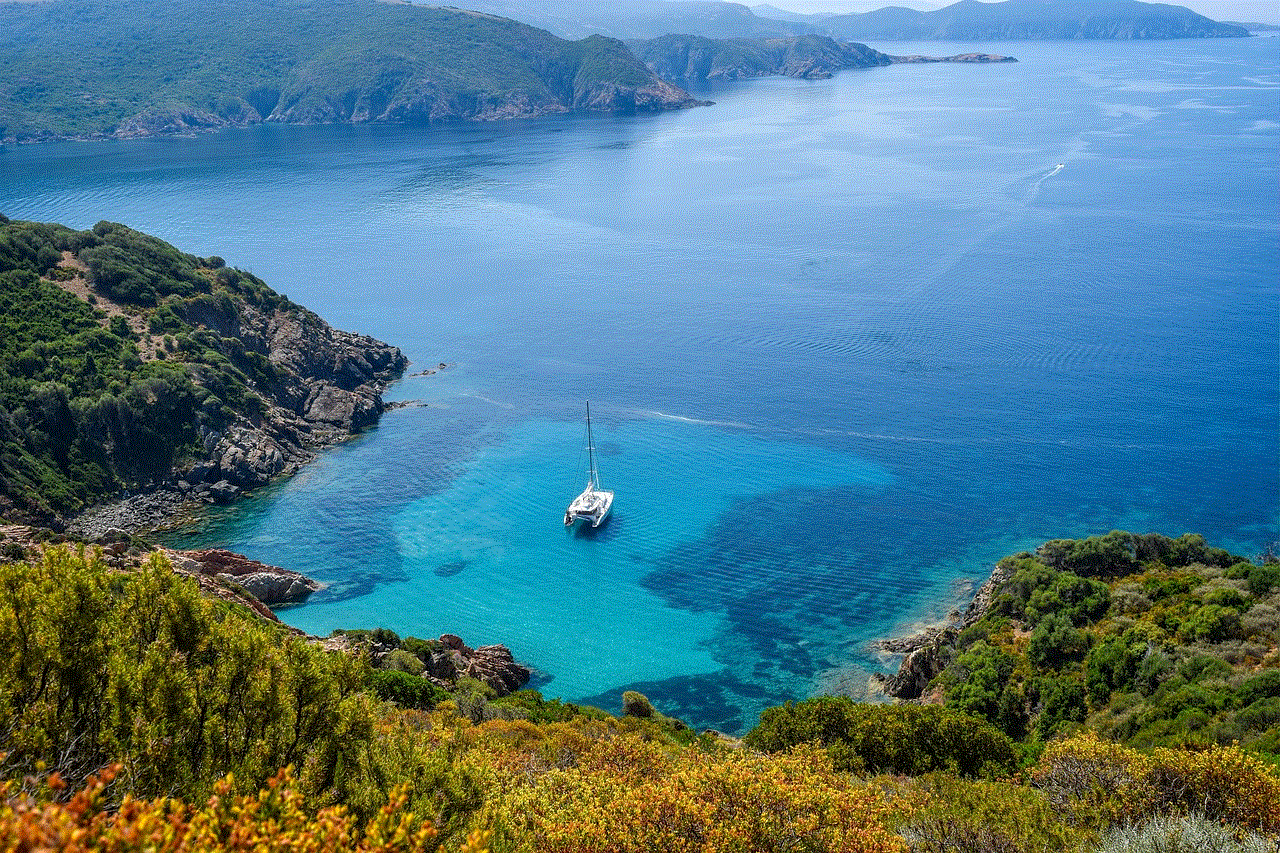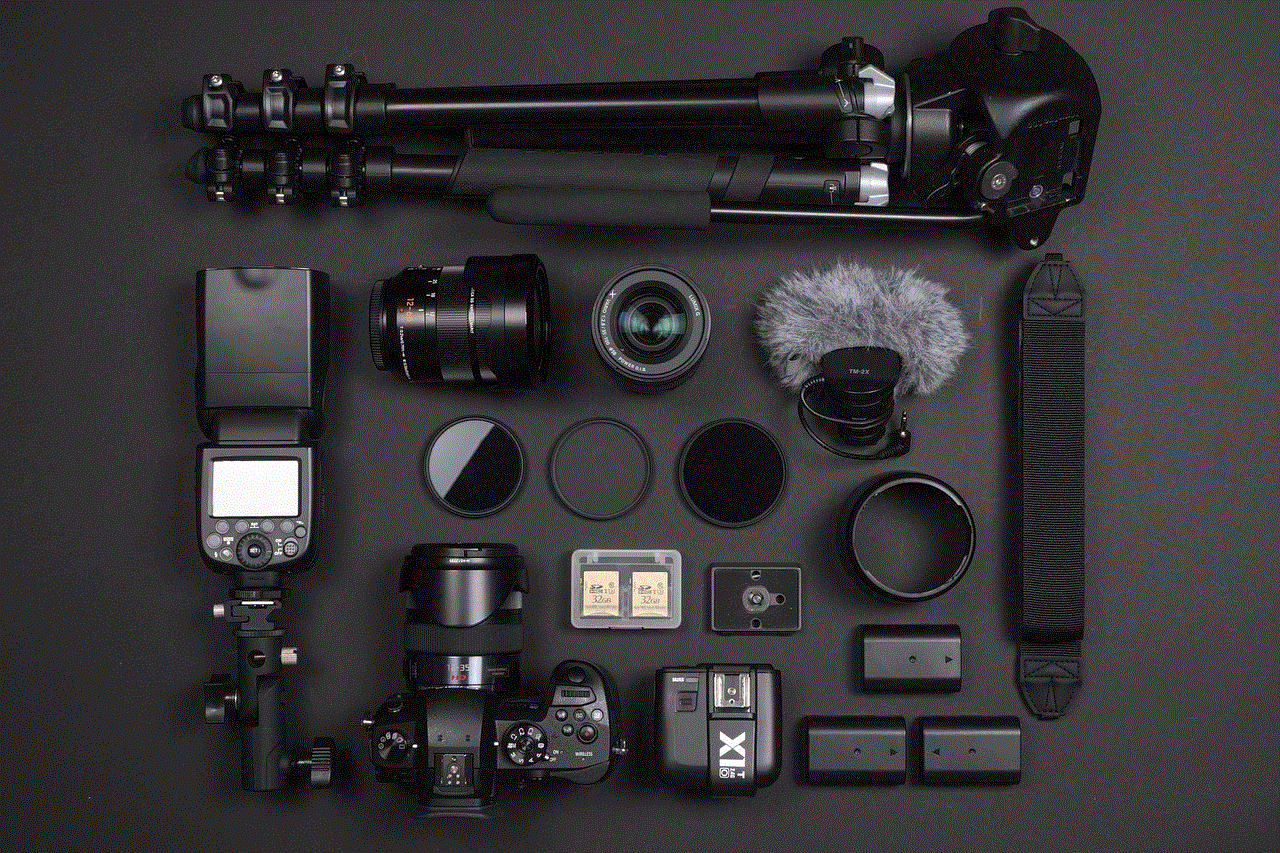how to clear cache on discord
Discord is a popular communication platform that allows users to chat, make voice and video calls, and share media with friends and communities. However, like any other software, Discord also stores data on your device to enhance your user experience. This data is known as cache, and it can accumulate over time, taking up unnecessary space on your device. As a result, it is essential to know how to clear cache on Discord to improve its performance and free up valuable storage space.
In this article, we will discuss what cache is, why it is necessary to clear it on Discord, and the steps to clear cache on different devices. We will also cover some additional tips to manage your Discord cache effectively. So, let’s dive in and learn how to keep your Discord cache in check.
Understanding Cache on Discord
Cache refers to temporary data stored on your device to make your applications run faster and more efficiently. When you use Discord, it stores data such as images, emojis, chat history, and other media on your device’s local storage. This data is retrieved from the cache when you revisit a chat, server, or channel, instead of downloading it again from the server. As a result, it reduces the loading time and improves your overall experience on Discord.
Why Clear Cache on Discord?
While cache has its benefits, it can also cause problems if left unchecked. Discord cache can grow in size over time, taking up a significant amount of space on your device’s storage. This can lead to performance issues, such as lagging, freezing, or crashing of the application. Additionally, if you are using Discord on multiple devices, clearing cache can help sync your data and ensure a consistent experience across all platforms.
Furthermore, clearing cache can also resolve any issues you may be facing while using Discord, such as missing emojis or images not loading properly. It is also recommended to clear cache when Discord releases new updates to ensure a smooth transition and avoid any compatibility issues.
How to Clear Cache on Discord?
Now that we understand the importance of clearing cache on Discord let’s look at the steps to do it on different devices.
Clearing Cache on Desktop
If you are using Discord on your desktop, follow these simple steps to clear cache:
1. Open Discord and click on the gear icon on the bottom left corner to open the User Settings.
2. In the User Settings, click on the Appearance tab and scroll down to find the ‘Advanced’ section.
3. Under Advanced, click on the ‘Clear Now’ button next to the ‘Clear Cache’ option.
4. A confirmation pop-up will appear, click on ‘Okay’ to clear the cache.
5. Restart Discord to allow the changes to take effect.
Clearing Cache on Mobile
If you are using Discord on your mobile device, follow these steps to clear cache:
1. Open the Discord app and tap on the ‘User Settings’ icon located at the bottom right corner.
2. In the User Settings, tap on the ‘App Settings’ option.
3. Scroll down and tap on the ‘Advanced’ option.
4. Under Advanced, tap on the ‘Clear Cache’ button.
5. A confirmation message will appear, click on ‘Okay’ to clear the cache.
6. Restart the app to apply the changes.
Clearing Cache on Web Browser
If you are using Discord on a web browser, follow these steps to clear cache:
1. Open Discord on your web browser and click on the ‘User Settings’ icon on the bottom left corner.
2. In User Settings, click on the ‘Privacy & Safety’ tab.
3. Scroll down to find the ‘Clear Now’ button next to ‘Clear Data’ under the ‘App Settings’ section.



4. A confirmation message will appear, click on ‘Okay’ to clear the cache.
5. Refresh the page to apply the changes.
Additional Tips to Manage Discord Cache
Apart from clearing cache regularly, here are some additional tips to manage your Discord cache effectively:
1. Limit the Number of Servers: Discord caches data for each server you join. Hence, the more servers you are a part of, the more cache will be stored on your device. Therefore, it is recommended to limit the number of servers you join to keep your cache under control.
2. Manage Chat History: Discord allows you to delete your chat history in a specific channel or server. This can help reduce the amount of cache stored on your device.
3. Disable Automatic Downloads: By default, Discord automatically downloads images and videos shared in a chat. You can disable this feature to prevent unnecessary cache accumulation.
4. Reinstall Discord: If you are facing persistent issues with Discord, you can try reinstalling the application. This will not only clear the cache but also ensure that you have the latest version of the app.
5. Use Discord Lite: Discord also has a lightweight version called Discord Lite, which is designed to use less data and storage space. If you are facing storage issues on your device, consider using Discord Lite instead of the regular version.
Conclusion
Clearing cache on Discord is a simple process that can help improve the application’s performance and free up valuable storage space on your device. It is recommended to clear cache regularly to avoid any potential issues and ensure a smooth experience on Discord. Additionally, following the tips mentioned above can help you manage your Discord cache effectively. So, go ahead and clear your Discord cache to enjoy a clutter-free and efficient communication platform.
why is pinterest blocked
Pinterest is a popular social media platform that allows users to discover, save, and share ideas through images and videos. It was founded in 2010 and has over 320 million active users worldwide. The platform has gained immense popularity among individuals, businesses, and organizations due to its visual appeal and user-friendly interface. However, despite its widespread use, Pinterest has been blocked in certain countries, sparking debates and discussions about the reasons behind the ban. In this article, we will explore the various reasons why Pinterest is blocked and the implications of this action.
Firstly, it is essential to understand that the reasons why a specific website or platform is blocked can vary from country to country. In some cases, governments may block websites to control the flow of information and restrict access to certain content that they deem inappropriate or harmful. This is known as internet censorship, and it is a common practice in many countries, including China, Iran, and North Korea. Governments often use censorship as a tool to maintain their power and control over the population by limiting their access to information and ideas.
In the case of Pinterest, the platform has been blocked in countries like China, Iran, and North Korea, where internet censorship is prevalent. In China, Pinterest was banned in 2017 along with several other popular websites, including Instagram and WhatsApp . The Chinese government justified this move by stating that these platforms were being used to spread “illegal information” and “false rumors” that threatened the country’s national security. In Iran, Pinterest was blocked in 2016, along with other social media platforms, following a crackdown on dissent and the spread of anti-government sentiments. The Iranian government claimed that these platforms were being used to promote “immoral content” and “foreign values” that were not in line with the country’s Islamic beliefs.
Apart from government censorship, there are other reasons why Pinterest might be blocked in certain countries. The most common reason is that the platform does not comply with the country’s laws and regulations. In countries like Russia and Turkey, Pinterest was blocked temporarily for failing to comply with data privacy laws. In Russia, the platform was banned in 2017 for not storing its data on servers located within the country, as required by Russian law. Similarly, in Turkey, Pinterest was banned in 2016 for not removing content that was deemed offensive or illegal by the government. These temporary bans were lifted after Pinterest agreed to comply with the respective countries’ laws and regulations.



Another reason why Pinterest may be blocked is due to its content. In some countries, the platform has been banned because it is seen as a threat to the country’s cultural and religious values. For example, in Saudi Arabia, Pinterest was blocked in 2014 because it contained images of women without hijabs, which is considered a violation of the country’s strict dress code laws. Similarly, in South Korea, Pinterest was blocked in 2014 for promoting illegal gambling activities and sexually explicit content. In both these cases, the platform was unblocked after Pinterest agreed to restrict access to certain content that was deemed inappropriate by the respective governments.
Apart from being blocked by governments, Pinterest has also faced restrictions from internet service providers (ISPs) and educational institutions. In some countries, ISPs have blocked access to Pinterest due to bandwidth limitations and concerns over copyright infringement. In 2012, Pinterest was blocked in India by several ISPs, citing copyright violations. However, the ban was lifted after the platform agreed to remove copyrighted content and implement measures to prevent future violations. In the same year, Pinterest was also blocked in the United Arab Emirates (UAE) by the country’s two main ISPs, Etisalat and du. The ISPs claimed that the ban was due to concerns over the platform’s impact on internet speeds. However, many experts believe that the ban was a result of Pinterest’s growing popularity in the UAE, which posed a threat to local social media platforms.
Educational institutions have also blocked Pinterest in some cases, citing concerns over productivity and distractions. In 2012, schools in the United Kingdom banned access to Pinterest, claiming that students were spending too much time on the platform instead of focusing on their studies. Similarly, in 2013, the University of Wisconsin-Milwaukee blocked access to Pinterest on campus due to concerns over copyright infringement and students’ excessive use of the platform.
In conclusion, Pinterest has been blocked in several countries for various reasons, including government censorship, failure to comply with laws and regulations, and concerns over its content and impact on internet speeds. The platform’s popularity and user-friendly interface have made it a target for censorship by governments and restrictions by ISPs and educational institutions. However, despite facing these challenges, Pinterest remains a popular platform with millions of active users worldwide. Its ability to connect people, inspire creativity, and share ideas through visual content has made it an integral part of the social media landscape.
who made the first 3am challenge
The 3am challenge has become a popular trend on the internet in recent years, with millions of people around the world participating in it. It involves staying up until 3am and completing a series of tasks or challenges, often with a spooky or paranormal theme. The challenge has gained a lot of attention and has been the subject of countless videos, articles, and social media posts. But who was the mastermind behind this viral phenomenon? In this article, we will explore the origins of the 3am challenge and the person responsible for its creation.
To understand the beginnings of the 3am challenge, we must first look at the rise of the internet and social media. In the early 2000s, the internet was still in its infancy, and social media platforms like YouTube were just starting to gain traction. With the rise of smartphones and high-speed internet, creating and sharing content became easier than ever before. This led to the birth of online challenges, where participants would record themselves completing a task or stunt and post it online for others to see.
One of the earliest recorded challenges was the “Cinnamon Challenge,” which involved trying to swallow a spoonful of cinnamon without water. This challenge gained popularity in 2007 and was one of the first to go viral on social media. It was followed by other challenges like the “Ice Bucket Challenge,” which aimed to raise awareness for ALS, and the “Mannequin Challenge,” where people froze in place while a camera moved around them. These challenges paved the way for the 3am challenge.
The exact origin of the 3am challenge is unclear, but many believe it started with a YouTube channel called “HaleyIsSoarx.” The channel, run by a woman named Haley, uploaded a video in 2013 titled “3 AM Challenge – Calling the Devil.” In the video, Haley and her friends attempted to summon the devil at 3am by performing a ritual they found online. The video gained a lot of attention and inspired others to try their own 3am challenges.
However, it wasn’t until 2016 that the 3am challenge truly took off. A YouTuber named “Guava Juice” uploaded a video titled “DO NOT FACETIME SANTA CLAUS AT 3AM!!” In the video, he attempts to call Santa Claus at 3am, a time believed to be the “witching hour” when paranormal activity is at its peak. The video quickly went viral, gaining millions of views and inspiring others to try their own 3am challenges.
Since then, the 3am challenge has become a staple on YouTube, with thousands of videos featuring people attempting to complete tasks or summon spirits at 3am. Some popular challenges include “Calling My Dead Grandma at 3am,” “Playing the Ouija Board at 3am,” and “Eating a Ghost Pepper at 3am.” These videos often have a clickbait title and are accompanied by dramatic thumbnails to entice viewers.
But who exactly is responsible for starting the 3am challenge? As mentioned earlier, the exact origin is unclear, but many credit Guava Juice for popularizing it. His video was one of the first to gain millions of views and inspired others to create their own 3am challenges. However, some argue that HaleyIsSoarx should be given credit as her video was the first to use the phrase “3am challenge.” Others point to a YouTuber named “ImJayStation,” who has uploaded dozens of 3am challenge videos and has over 5 million subscribers.
The truth is, the 3am challenge has become a collective effort, with many YouTubers and content creators contributing to its popularity. It’s also worth noting that the challenge has evolved over the years, with people coming up with new and creative ways to participate. Some have even used the 3am challenge as a way to raise awareness for important issues, such as mental health and suicide prevention.
While the 3am challenge has gained a lot of attention and has been a source of entertainment for many, it has also faced criticism. Some argue that the videos are fake and staged, with creators using special effects to make it seem like they are experiencing paranormal activity. Others argue that the challenge is dangerous and encourages reckless behavior, such as playing with fire or using Ouija boards.
In response to these criticisms, many YouTubers have come forward and admitted that their videos are indeed fake. They claim that they are just trying to entertain their audience and don’t intend to harm anyone. Some have also started to include disclaimers in their videos, stating that they are for entertainment purposes only. However, this has not stopped the 3am challenge from growing in popularity and continuing to be a hot topic on the internet.



In conclusion, while the exact origins of the 3am challenge may be unclear, it is safe to say that it was a collective effort by many content creators on the internet. What started as a simple video of a girl trying to summon the devil at 3am has now turned into a global phenomenon, with thousands of people participating and millions of views on YouTube. Whether you believe in the paranormal or not, the 3am challenge has undeniably become a part of internet culture and will continue to entertain and intrigue audiences for years to come.